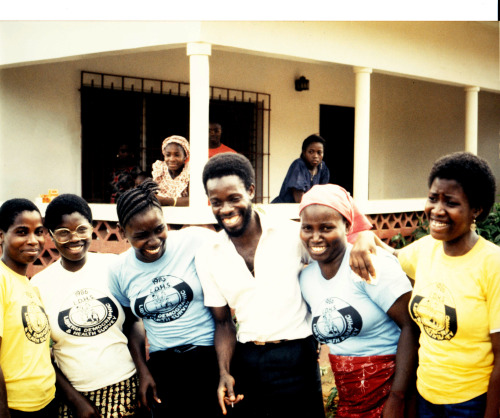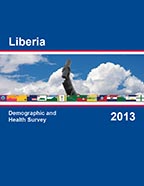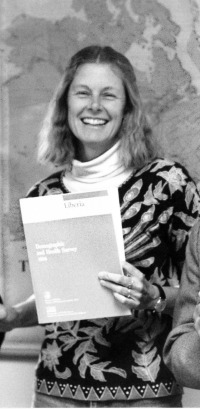A look back at the 1986 Liberia DHS
This post is part of a series commemorating 30 years of The DHS Program.
By Annie Cross
The fact that Liberia is currently battling the Ebola crisis makes it harder to appreciate the fact that the recently released report on the 2013 Liberia Demographic and Health Survey (LDHS) showed improvement in most of the health-related indicators since the 2007 LDHS was carried out. I prefer to remember Liberia the way it was during the first DHS, before Ebola and before the civil war.
The 1986 LDHS was the first DHS in Africa and only the second worldwide. I was the country manager assigned to cover the survey. However, because we recruited interviewers from the local areas in which they would work and it was deemed too expensive to bring them all to one central place, we decided to hold two simultaneous training courses. I travelled the 6 hours to the town of Zwedru, while my boss (then Regional Coordinator, later DHS Director) Ann Way, was in charge of the training in Monrovia. Zwedru was a small quiet city and I was lucky to be able to stay in a USAID guest house for the month-long training. We also had a pleasant, airy new building for the training. Ann, however, was training in an old school with broken windows in Monrovia.
Although we had conducted a pretest several months before, this was the first DHS main interviewer training for both of us. Consequently, we had a number of questions that came up. How do you estimate a person’s age when they don’t have any documents and can’t remember who was president when they were born? Do you list someone in the household schedule who works away from home but comes home every weekend? Although we had a detailed interviewers’ manual, some of these questions had not been fleshed out. And of course, there were a slew of administrative issues too, like locating enough vehicles, getting payments wired from the U.S., etc.
Ann and I set up a plan to call each other every few days. Since this was before cell phones and even land lines were pretty scarce in Liberia, I would walk to a pay phone in Zwedru, put in several of the heavy Liberian coins (nicknamed “Doe Dollars” after the Liberian President) and call her in Monrovia. We would review various issues and catch up on news. It sounds so quaint now, but it was like a lifeline for me and I remember saving up the coins so that when the phone indicated the time was running out, I could drop another dollar in and talk a bit longer. We always had to remember to set up the time for the next call so that we would be sure to be at our respective phones. We don’t realize how much cell phones have changed the survey landscape.
————————————
Anne Cross, former Deputy Director – Survey Operations: A demographer and survey specialist, she has extensive experience in survey research, including nearly 40 years of experience in population- and facility-based data collection, analysis, capacity building, dissemination and use of data in developing countries. Ms. Cross received her M.A. degree in Demography from Georgetown University in 1973. Prior to joining Macro in 1982 as a Demographer on various USAID-funded projects, she spent several years as a Demographer at the University of North Carolina, where she implemented a demographic survey in Somalia and assisted in the design of various survey questionnaires. Earlier in her career, Ms. Cross was a Demographic Advisor to Kenya’s Central Bureau of Statistics with responsibility for analyzing survey data.





Wonderful!